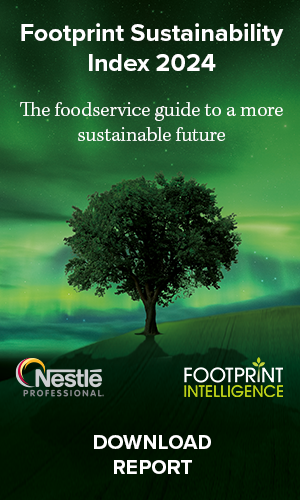In 2023, food and drink reported that their scope 3 supply chain emissions were, on average, 23 times greater than their emissions from direct operations (scopes 1 and 2). The share of scope 3 emissions reported was just 12%.
The data, from a report by CDP and Boston Consulting Group, also show hospitality companies reporting their scope 3 emissions as 13 times higher than scopes 1 and 2, with fewer than 5% of scope 3 emissions reported to CDP.
Across all sectors scope 3 emissions were 26 times higher than scopes 1 and 2. But supply chain emissions (scope 3) continue to be “overlooked”, with corporates twice as likely to measure operational emissions (Scopes 1 and 2). Furthermore, corporates are 2.4 times more likely to set targets for operational emissions compared with supply chain emissions. Of the corporates disclosing to CDP, only 15% have set a scope 3 target.
“These figures highlight that the challenge of effectively measuring scope 3 emissions is widespread and spans industries,” said Sonya Bhonsle, director of strategic accounts at CDP. “Meaningful strides toward emissions reductions require corporates to evaluate their full supply chain, then raise ambition and take accountability.”
Only half of corporates disclosing through CDP evaluate the financial risks from upstream emissions; of those that do, a third acknowledge the risk to profit. Nevertheless, fewer than one in ten investors require disclosure of scope 3 upstream emissions as part of their investment policies.
“Disclosing comprehensive scope 3 emissions data is essential for corporates to access capital, drive business efficiencies, and comply with regulatory and market demands,” wrote CDP chief executive officer Sherry Madera in a foreword to the report.
The report also highlights that corporates with a “climate-responsible board” are five times more likely to have a scope 3 target and a 1.5C-aligned transition plan. Meanwhile, those that engage with suppliers on climate-related issues are almost seven times more likely to have such a target and plan. However, just 40% of corporates engage with their suppliers.
The adoption of internal carbon pricing is also discussed in the report. Setting an ICP drives climate-aligned decisions through financial metrics, ensuring climate cost transparency across an organisation, the authors noted. CDP special advisor Paula DiPerna said ICP “is not punitive, but rather a critical illuminating ‘green cursor’ to pinpoint festering costs and risks associated with climate change that have been grossly underestimated by conventional economic measurement for decades. These accumulating unseen liabilities will sooner or later land on boards, managers, insurers, suppliers, consumers and the general public,” she added.














